Urban Ecology & Environmental Activism with Flood Sensors
A curriculum designed to educate high school apprentices to engage in environmental stewardship, nursery maintenance, green infrastructure, and urban conservation work each spring and summer.
- Client: Gowanus Canal Conservancy, Brooklyn, NY
- Software: Articulate Storyline, Articulate Rise, Adobe Photoshop and Camtasia Studio
- Categories: eLearning development, instructional design, gamification
The Gowanus Flooding Problem
According to the US Environmental Protection Agency, the Gowanus Canal is one of the nation's most seriously contaminated water bodies. Canal sediment contain high levels of more than a dozen contaminants. Contaminants include including polycyclic aromatic hydrocarbons, polychlorinated biphenyls and heavy metals such as mercury, lead and copper.
The Gowanus Canal Conservancy is an organization dedicated to facilitating the development of a resilient, vibrant, open space network centered on the Gowanus Canal through activating and empowering community stewardship of the Gowanus Watershed. Since 2006, the Conservancy has served as the environmental steward for the neighborhood through leading grassroots volunteer projects; educating students on environmental issues; and working with agencies, elected officials, and the community to advocate for, build, and maintain innovative green infrastructure around the Gowanus Canal.
Context
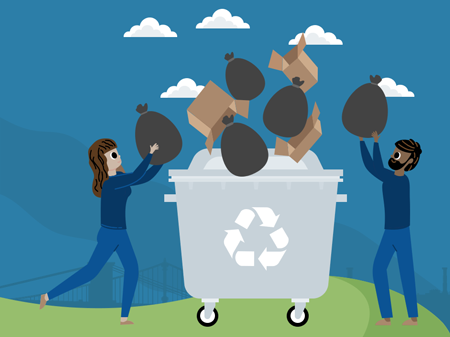
The Gowanus community is increasingly affected by urban flooding. NYU researchers, namely the FloodSense Team, have partnered with the Gowanus Canal Conservancy to introduce newly-designed, inexpensive and easy to source flood sensors to the community. The FloodSense Team hopes the data captured by the sensors will be a step to solving the Gowanus community's urban flooding problem. The GCC Green Team apprenticeship program is a paid summer program of Gowanus high schoolers, in which students learn and build on STEM skills. The program is intended to further the students' interests in STEM careers. Our team has been tasked with integrating learning about these flood sensors into the GCC's Green Team summer curriculum.
The Problem and the Ask: The Green Team Apprenticeship Program Instructional Design and eLearning Development
Gowanus high schoolers with a budding interest in environmental science and stewardship need to learn new, tangible skills in order to productively engage in their community; seeing their own impact first-hand will create a lasting awareness of STEM fields. How might we build on the existing curriculum in order to incorporate the flood sensors and leverage both the NYU FloodSense Team and the Gowanus Canal Conservancy apprenticeship program to support the Green Team interns' interest in environmental stewardship and community involvement?
The Green Team Apprenticeship Program is a paid apprenticeship program in partnership with the GCC to “educate local youth, expand job opportunities, and cultivate awareness and urgency regarding the importance of environmental work". It is a summer apprenticeship that runs from May to August, with in-person education involving classroom education and field trips.
My team designed a paid apprenticeship program in partnership with the GCC to “educate local youth, expand job opportunities, and cultivate awareness and urgency regarding the importance of environmental work". The internship will incorporate the installation and use of the NYU FloodSense sensors into the GCC Green Team Apprenticeship existing curricula.

The Research
We conducted Primary and secondary research by interviewing the NYU FloodSense team, aggregation os news articles and journals on the Gowanus Canal environmental problem, the details of the NYU FloodSense Grant Proposal, and miscellaneous documentation from the Gowanus Canal Consrvancy (GCC).
Learning Goals
- Goal 1: GCC Green Team apprentices will develop an awareness of the causes and effects of urban flooding, identify issues specific to their community, and advocate for environmental change socially and politically.
- Goal 2: GCC Green Team apprentices will develop skills necessary to build, implement and test flood sensors, and gather data in order to understand the impact of flooding and support ways to mitigate them.
The Design
Design One: Flooding the Gowanus AI Game
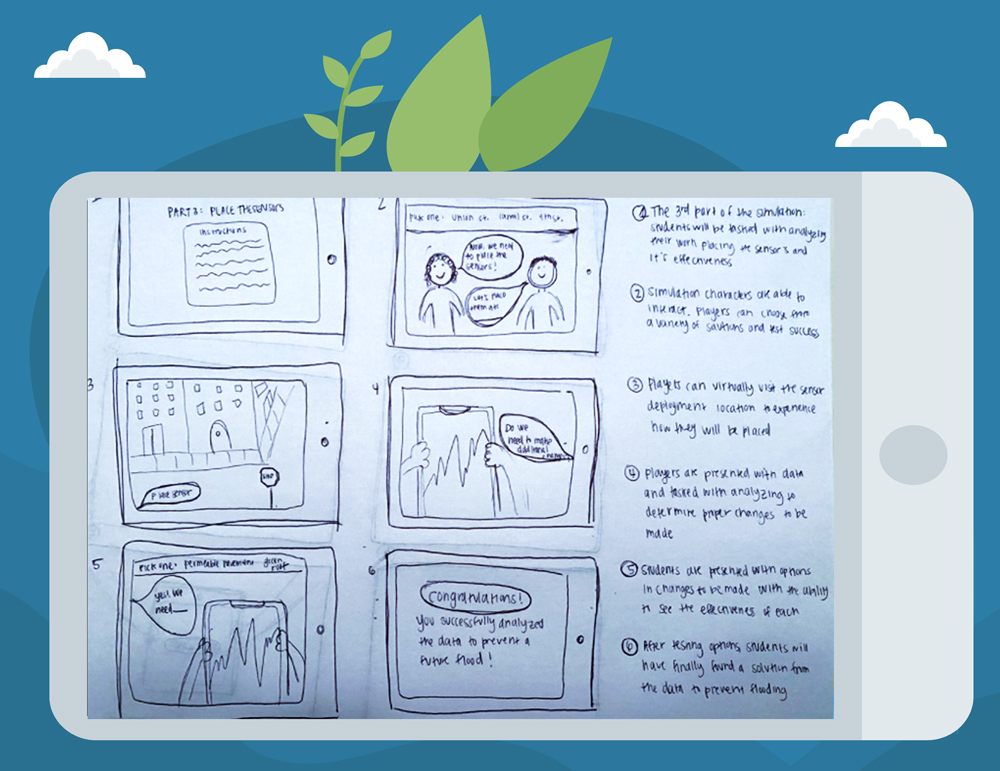
- Part 1: Flooding the Gowanus
Purpose: learn about the local community, the impacts of flooding, and the sensor’s role in collecting data - Part 2: Building the Sensors
Purpose: learn about the individual sensor components, and the skills needed to build and install them - Part 3: Re-Flooding the Gowanus
Purpose: apply the knowledge gained from the initial simulation and sensor building to better prepare the simulated Gowanus community from the flood and collect better data
Design Two: Building, Testing, and Installing the Sensors
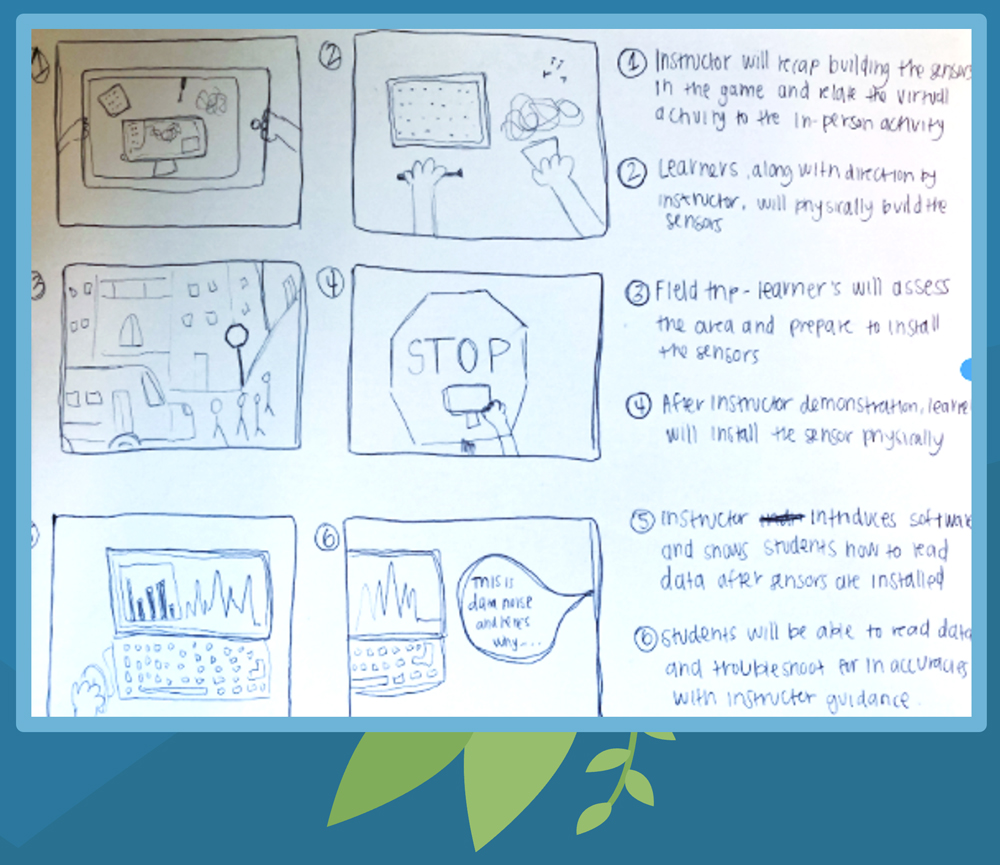
- Part 1: Building
Purpose: Build upon the skills practiced in the simulation and construct a functioning sensor - Part 2: Testing
Purpose: Ensure that completed sensor works, practice gathering and analyzing data - Part 3: Installing
Purpose: Identify critical data points around the community
Design Three: Storytelling
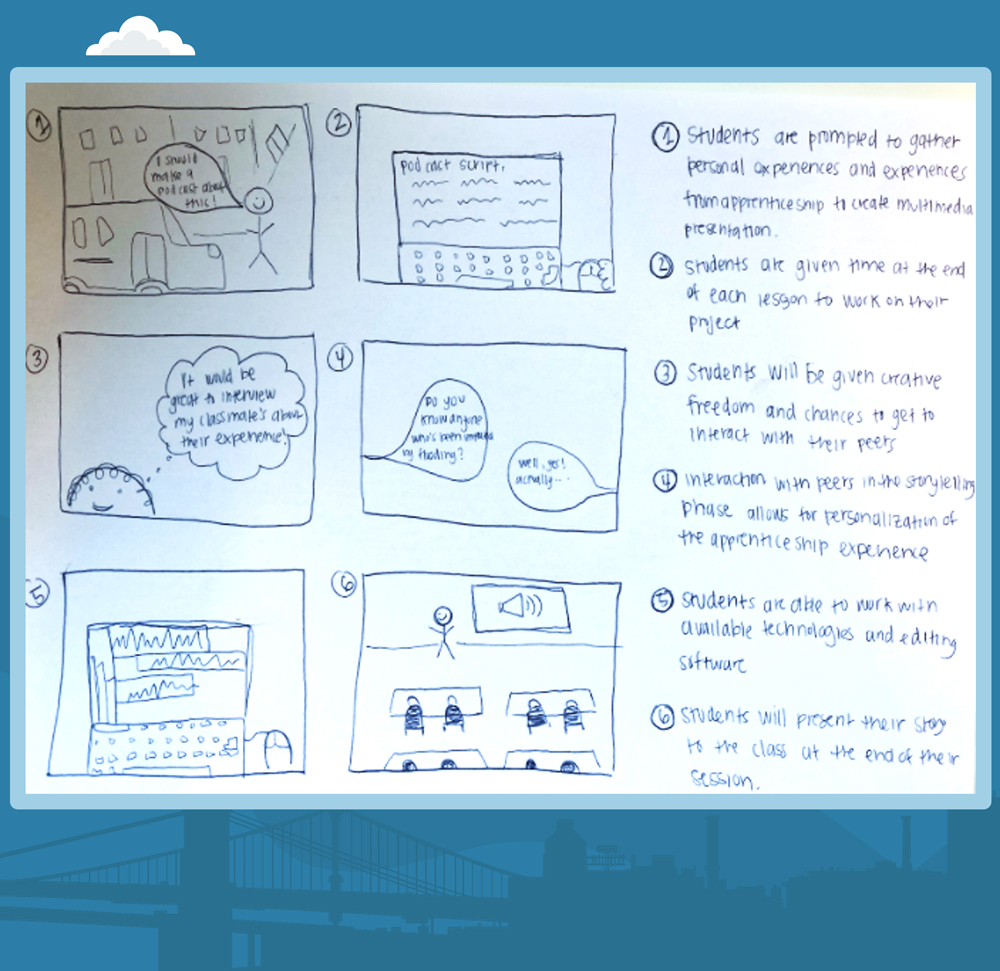
- Program-long project, telling their story as a member of a community and articulating how they can advocate for environmental change
Purpose: Provide apprentices with an opportunity to demonstrate how to apply the knowledge they’ve constructed through the program by proposing potential solutions backed up by data
The Development
Icebreaker Activity: Truths and Lies
The Truth and Lies activity helps students get acquainted with one another, so they feel comfortable enough to share personal experiences and work closely throughout the coming weeks. Below is the facilitator material for conducting the activity in-person.
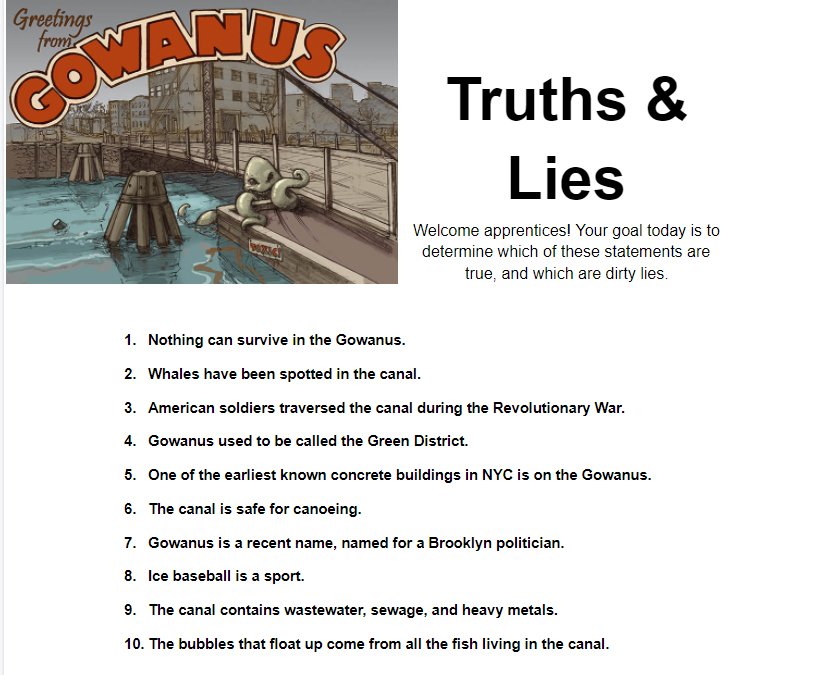
We also created an online version of the activty.
America's Most Polluted River: Discussion and Reflection
The America's Most Polluted River activity helps place what they are about to learn in context. It raises awareness of the problem, and it also presents the problem in a realistic manner, dissipating misinformation about the problem. The in-person activity consists of a discussion a video about the Gowanus Canal. The link to the online version of the activity containing the video is shown below.
Other Activities
Below is a screenshot of the final presentation of this project containing the additional activities that were proposed and designed.

Additional Considerations
Physical Context
Where does the learning happen?
The Green Team Apprenticeship program occurs in both classroom settings and in the field. The learners hub is the GCC, but the program takes field trips to locations relevant to the topic of interest on which the curriculum focuses. Some learning about sensor placement could occur near the Gowanus Canal's Fourth Street Basin.
When does the learning happen?
The apprenticeship program has typically been held between May-August, but is projected for 2021 to begin in the Fall and last for one year (so it presumably can be held in person after mass vaccinations). It consists of paid internship positions designed to “educate local youth, expand job opportunities, and cultivate awareness and urgency regarding the importance of environmental work". During the apprenticeship, instructors incorporate the installation and use of the FloodSense sensors in their current apprenticeship curricula. The unit will also become part of the curriculum that the Gowanus Conservancy offers to public school teachers for delivery in classrooms across the public school system.
What are the physical constraints and affordances within the environment important to the experience and design?
The curriculum needs to consider that flood sensors need to be placed in areas around the Gowanus community and on streets and intersections where flooding typically occurs. Additionally, this will be the first time the flood sensors will find real-world use - possibly leading to usability issues.
Social Context
Who is in the environment?
As the Gowanus community experiences a large influx of residential development, the Gowanus Canal Conservancy increases their outreach efforts to the community. The curriculum can help organization staff incorporate the sensors and the importance of data collection into their other programs with similar objectives to the community. The leadership of the Conservancy can use the information for funding and public relations.
- Direct: apprentices, instructors, organizational staff, executive director, local Gowanus community
- Indirect: NYU researchers
- Mixed: NYC Public School Children, NYC Public School Teachers, NYC council members, NYC DEP, partnered non-profits
The Green Team Apprenticeship program occurs in both classroom settings and in the field. The learners hub is the GCC, but the program takes field trips to locations relevant to the topic of interest on which the curriculum focuses. Some learning about sensor placement could occur near the Gowanus Canal's Fourth Street Basin.